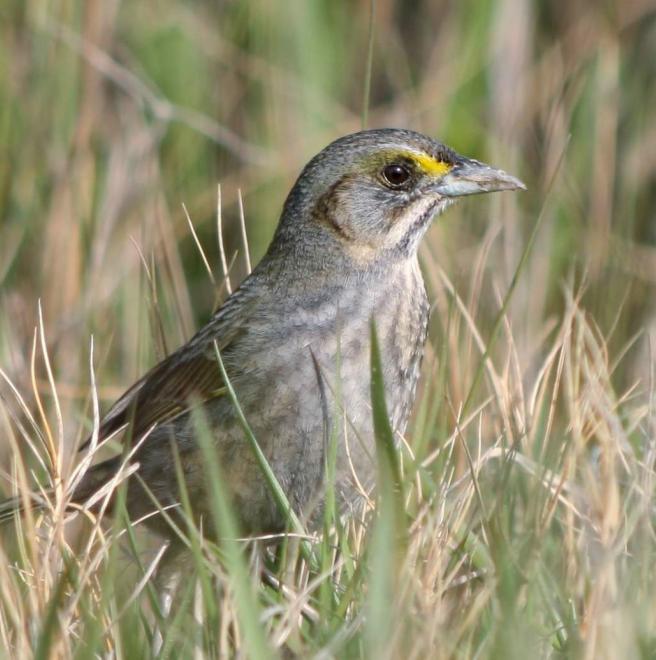

This well-named species is found only in coastal saltmarsh, where it is resident (non-migratory). While Audubon's climate model predicts that only 29 percent of the current summer range is stable, the species may add potential summer range further north. Winter is a different story, as the is projected to be largely absent from the Gulf Coast by 2080, with an overall decrease of 57 percent. The species’ complete dependence on saltmarsh means that it will be heavily impacted by any rise in sea level. If the salt marsh can spread slowly “inland,” the Seaside Sparrow may be able to adapt.
Explore more birds threatened by climate change around the country.





















It's easier than you think to make a difference. Become an Audubon member today to help birds facing climate change.